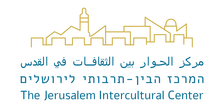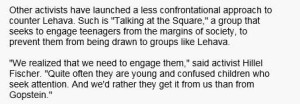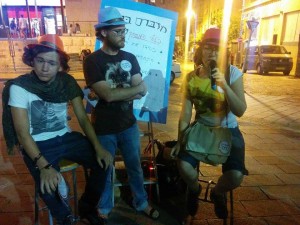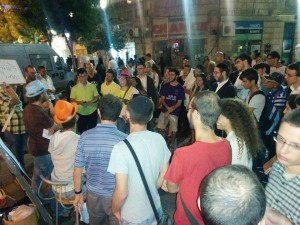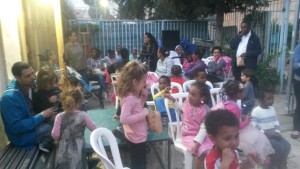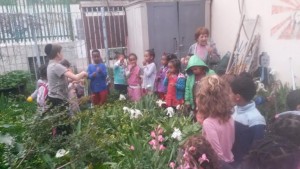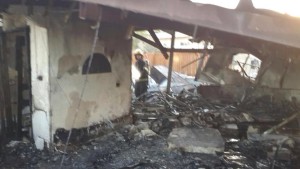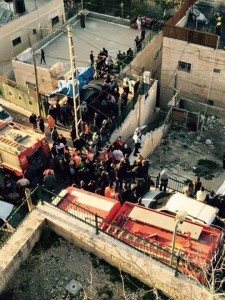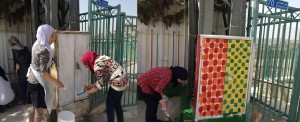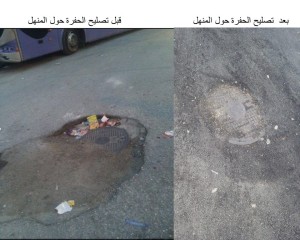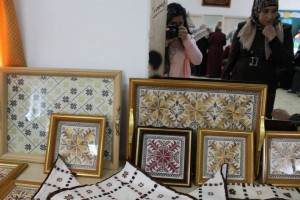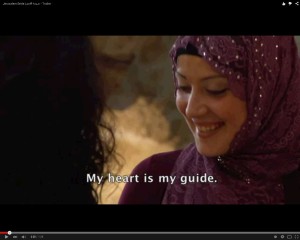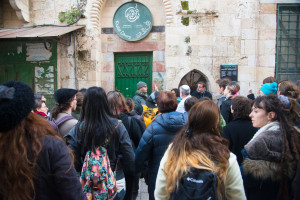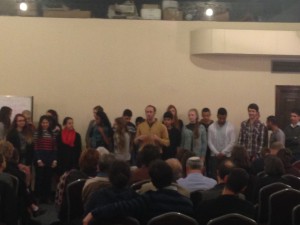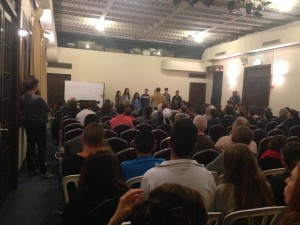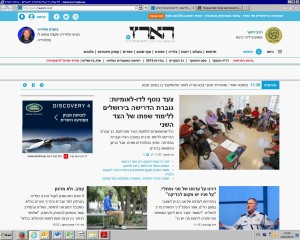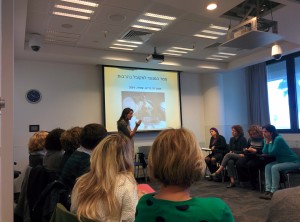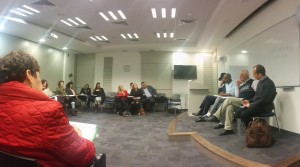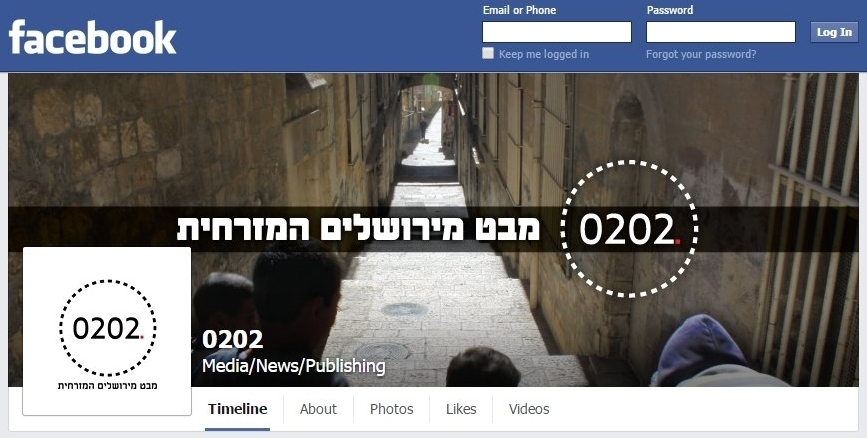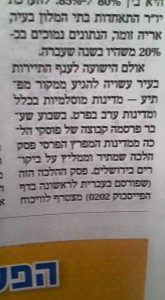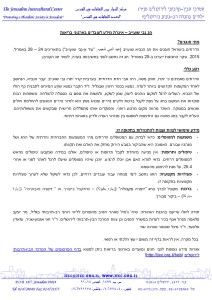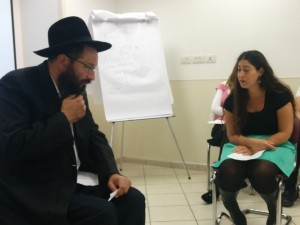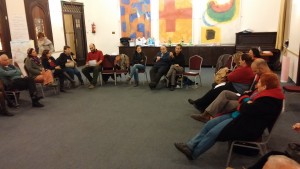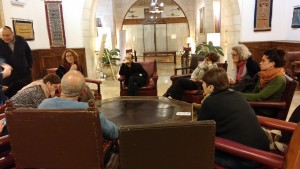Speaking in the Square – Continuing to Facilitate Healthy Debate in Jerusalem’s Public Sphere
This past week, Speaking in the Square, a group with members from all over the political spectrum, has been continued to be recognized as a formidable force in fighting racism and xenophobia in the city center, especially in Zion Square. We’ve been working with Speaking in the Square since events exploded in Jerusalem last summer, and are incredibly proud of their influence on the public sphere in Jerusalem. This is also the place to thank the UJA-Federation of New York and the Jerusalem Foundation for their support of our efforts to fight racism and xenophobia in Jerusalem.
Unfortunately, the onset of summer has seen a resurgence of demonstrations and racist activity by the Lehava organization, as covered by this article that appeared in Ynet on July 13, one of Israel’s most-read news sites. In addition to a number of other groups aiming to fight racism, the reporter turns to Speaking in the Square (or other literal translations of the Hebrew, Medabrim BaKikar) :
While Lehava continues to demonstrate, Speaking in the Square continues its method of engaging these youth in a deeper dialogue, one that attempts to explore the nuances and complexities of the issues they are trying to solve. Over the past few months, Speaking in the Square has also developed a a public debate format, in which participants choose to uphold either the pro or con sides of an issue, right smack in the middle of Zion Square. They debate a wide range of issues, from civil marriages and other issues of religion and state, to controversial news items, should girls and boys be able to sit together or separately in school (in religious schools they sit separately), and more.
Most times the evenings are a success – the debaters speak well and respectfully on both sides of the issues, a diverse (and hopefully large) crowd gathers to watch, enabling members to hammer home their message of respectful dialogue, no matter what your personal views. But once in awhile, things don’t go so well – there are a lot of youth getting out of control, late into the night, fueled by impassioned Lehava leaders – who create public disturbances that even the police struggle to control.
This past Thursday, July 16, was a particularly successful evening of debates. Garnering a large and very diverse crowed, participants took the mike to debate issues such as civil marriage, public transportation on Shabbat, dilemmas surrounding the destruction of terrorists’ homes.
This activity has caught the attention of Rachel Danziger, who blogs for the Times of Israel:
“Ofek [Birnholtz, a social activist and one of the founders of Speaking in the Square] and other like-minded individuals decided to reclaim the public space. But how do you fight against hatred? The group, which later adopted the name “Medabrim Bakikar” (talking in the square), maintains that counter demonstrations are not the answer. Instead of yelling a different set of slogans, the members of the group decided to offer an alternative to Lehava’s discourse of hate.”
You can read the rest of her blog post here.
Speaking in the Square will continue speaking with everyone in Zion Square each Thursday and Saturday night, and new volunteers are always welcome. You’re welcome to join us in promoting a more tolerant Jerusalem that can celebrate the city’s diversity.
